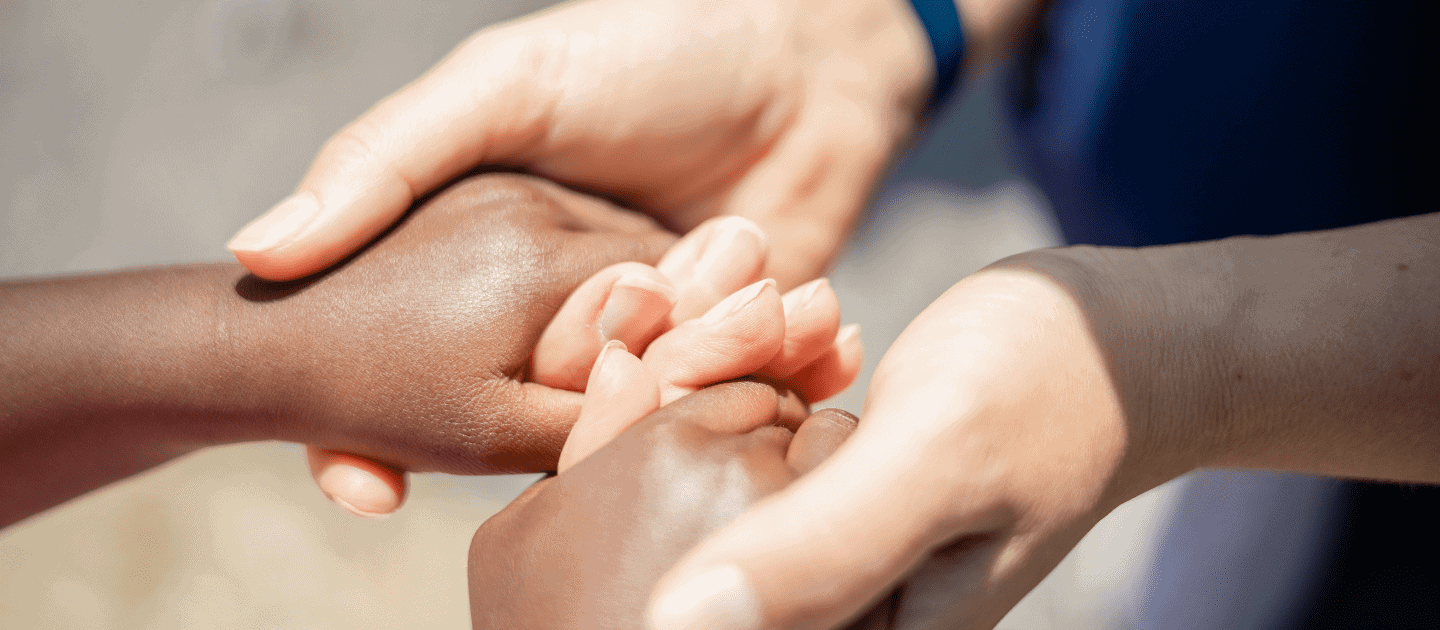
The impact of teacher attitude and teaching approaches on student demotivation: Disappointment as a mediator
School-based violence towards students with disabilities in Zambia is perpetuated by fellow students and teachers.
23 Mar 2024
April 27, 2022

School-based violence towards students with disabilities in Zambia is perpetuated by fellow students and teachers. This study examines the reasons teachers are reluctant to deal with stigmatized violence, while emphasizing that special educators have been advocating for and promoting ways to prevent this violence. Some solutions offered are clear governmental policies with enforcement, teacher training and professional development, anonymous reporting, and developing an anti-violence intervention program. —Tanya Farrol
An estimated 246 million children experience violence in school every year, which is approximately 1 in 4 students.1 In Zambia, 63% of students are bullied by their peers, and 97% receive corporal punishments from their teachers.2 School violence affects student participation and performance at school and leads to students dropping out. This then leads to unemployment or receiving lower wages due to a lack of education. The violence even impacts their own children, as children exposed to violence are more likely to perpetrate violence against their future children.3
School violence is found to be greater for those students with disabilities than their non-disabled peers due to stigma related factors like stereotypes and prejudice. In high-income countries, “children with disabilities experience violence four times more frequently than non-disabled children.”4 However, not many studies have looked at the prevalence of school based violence towards children with disabilities in low and middle-income countries. This study aims to provide data in this unexamined area as 85% of children with disabilities live in low and middle-income countries.5 It is believed that “violence against children with disabilities can be expected to be higher in Zambia where there are greater stigmas associated with having a disability, fewer resources available for families who have children with disabilities, and a wider accepted use of corporal punishment in disciplining children.”6
UNICEF estimates that 4.4% of the children in Zambia have disabilities—a country with an estimated population of 17 million.7 There is a higher rate of disability among the female population and visual impairments are the most common type of disability. Zambia ratified the United Nations’ Rights of the Persons with Disabilities in 2010 and worked to provide inclusive policies in the Education Act 2011.8 Despites these policies, it was found that students with disabilities did not attend or were less likely to be enrolled in schools, especially if they were female or lived in a rural area.
In Zambia, many schools still practice corporal punishment even though it is banned by the government. In 2014, UNICEF found that school violence against children was both physical and sexual, usually perpetrated by people the victim knew, including teachers and peers. However, there is limited research on the “response of teachers to disability-based violence” in Zambia.
One hundred and thirty-five participants took part in the study with 90 students with disabilities, 33 teachers or administrators and 12 parents of the children with disabilities. The students had a variety of disabilities ranging from visual impairments to intellectual impairment. Of the schools, 7 were primary and 2 were secondary.
The violence reported was perpetrated by both students and teachers, with name-calling and bullying by non-disabled students and corporal punishment by teachers. Also, students with disabilities reported being excluded from games by their non-disabled peers.
Shockingly, “teachers most often did not report or address incidents after witnessing or hearing about violence towards students with disabilities no matter the type of severity of the violence.” This can be attributed to the beliefs held by the teacher, including but not limited to the following:
When teachers did respond to violence, they would often punish the perpetrators. Students would be either suspended, expelled, or reported to a higher authority. Teachers who were violent towards their students would be reported to the police if witnessed by another teacher or administration.
However, some teachers responded to the violence with preventive or caring actions to support the victims. This was usually the special education teacher, even though they were often discouraged by the administration to respond to violence in schools. It was found that special educators did not have the authority to advocate for better treatment and were often “overruled” by other teachers.
The main findings of this study were that school is “an unsafe place for students with disabilities in Zambia,” and that much of the “violence goes unaddressed and unreported.” In order to combat school violence, the following were presented as possible solutions by the authors:
The authors acknowledge that this study might not generalize to all contexts and cultures, but that it does have applications for other resource-limited countries.
Janet Njelesani, Jenny Lai, Cecilia M. Gigante, and Jessica Trelles. ‘Will You Protect Me or Make the Situation Worse?: Teachers’ Responses to School Violence Against Students With Disabilities’. Journal of Interpersonal Violence (2021), Vol. 0(0) 1–26.
Summary by: Tanya Farrol – Tanya believes that the MARIO Framework is a personalized learning experience that develops skills and empowers learners to become an integral part of their learning journey.
Academic researcher Janet Njelesani participated in the final version of this summary.
Additional References: